15 Most Common Items Travelers Lose At Airports
Airports overwhelm even travelers who think they have everything under control. People move quickly through unfamiliar spaces, focus on departure times, and deal with constant announcements. Lost and found offices report thousands of items each year, and the patterns are remarkably consistent. Here are the items most often left behind.
Cell Phones
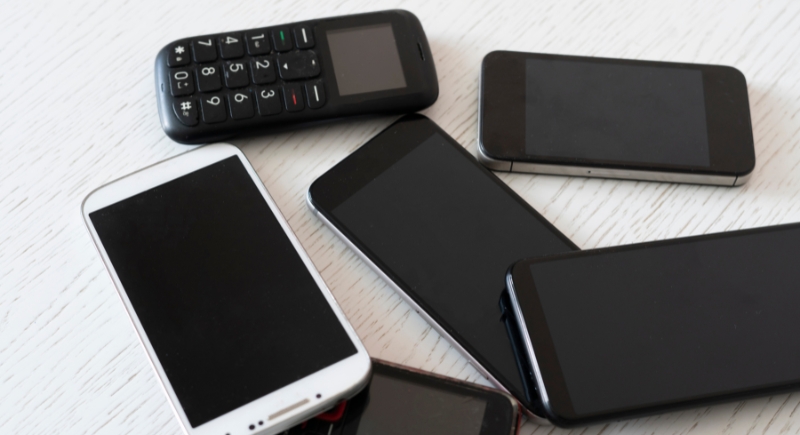
Credit: Getty Images
Staff at Denver International Airport reported hundreds of phones arriving in the lost and found last year alone. Most came from charging stations where passengers forgot they had plugged them in. Some were left on chairs during crowded boarding calls. A simple label on the case helps recovery, but phones lack any identifying detail.
Passports
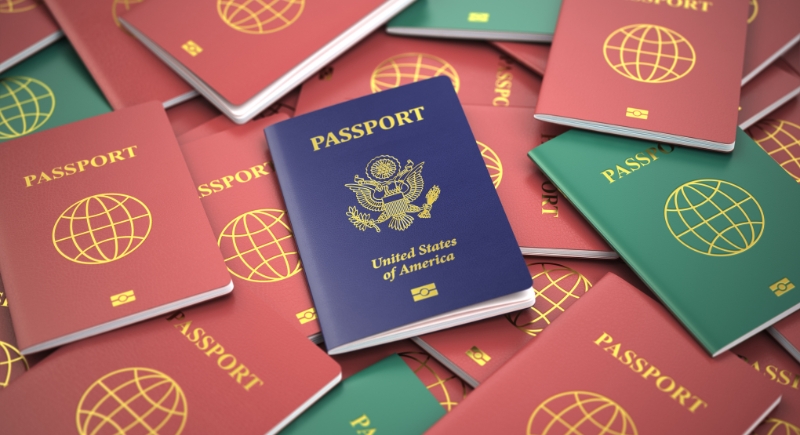
Credit: Getty Images
Travelers handle passports several times before boarding, and each handoff increases the chance of loss. Many leave them on counters after showing them to an agent, or tuck them into a folder. Without a passport, boarding becomes impossible, and missing international connections can lead to expensive changes.
Laptops
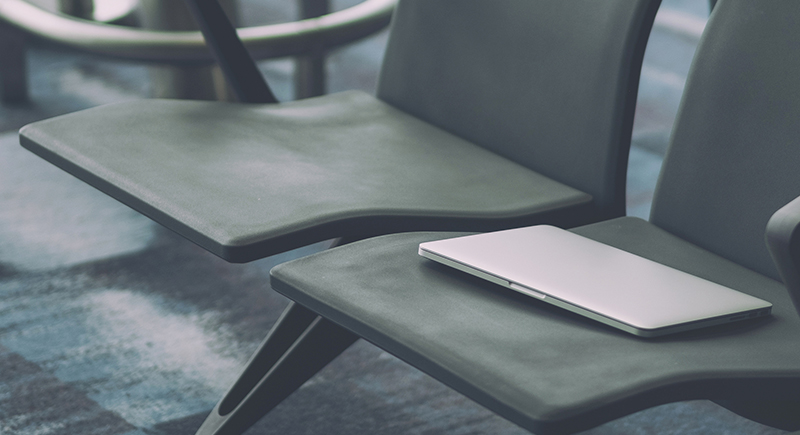
Credit: iStockphoto
Gate seating areas and food courts are common places where laptops remain unattended. It is normal for passengers to work during layovers and then rush to board, which causes them to leave devices behind.
Keys

Credit: Getty Images
Placing keys in a secure pocket or attaching them to a small carabiner on your bag greatly reduces the chance of losing them during screening. Different travelers scatter loose items into trays without thinking, and keys stay behind unnoticed. Later, the staff has to sort through car fobs, house keys, and even locker keys.
Headphones

Credit: freepik
You might remove your headphones while grabbing a drink or preparing documents and miss them on the counters. Reports show that bins of wireless earbuds are waiting for claims in busy airports. There is usually no way to trace them because the cases do not carry personal information.
Books

Credit: pexels
A passenger could possibly set a book beside a chair when searching for boarding passes and walk away. Airports then end up donating these books to local programs after the holding period. That unexpected donation means someone else enjoys the story, but the original owner loses it forever.
Tablets And E Readers

Credit: iStockphoto
Your tablet often has everything you need during your trip, but losing it can disrupt work plans, delay reading schedules, and cut off access to saved tickets or maps. Replacing one quickly can be costly and stressful, especially mid‑journey. Keeping devices inside a single zippered compartment after each use lowers the risk of forgetting them.
Luggage
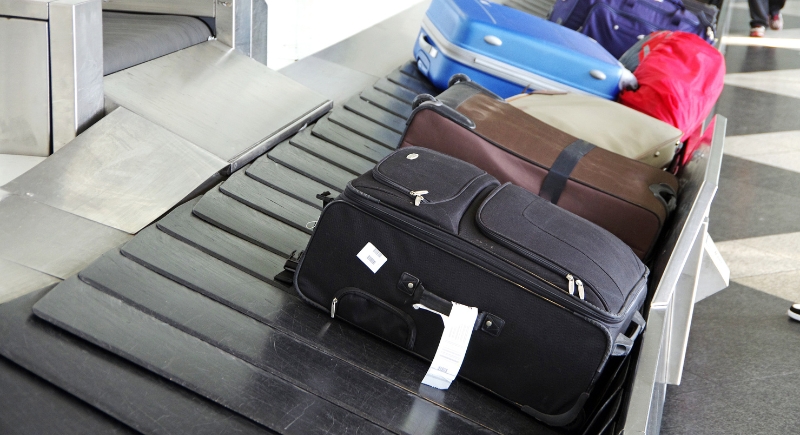
Credit: Getty Images
Carry-on bags go missing in areas crowded with individuals repacking after screening. Staff recall finding entire suitcases near café tables or bathroom entrances. This unclaimed luggage is stored for a set period, then shipped to warehouses like Unclaimed Baggage, where contents are sorted, laundered, and eventually sold to the public via auctions.
Sunglasses

Credit: Canva
If you rely on prescription sunglasses or own an expensive pair, then losing them at an airport can leave you squinting through bright terminals or facing a costly replacement. People typically remove them while handling tickets and passports or eating, and simply board the plane.
Jackets And Coats

Credit: Getty Images
On cold mornings, you may layer up before heading to the airport, only to shed that jacket once you reach a warm terminal. Individuals regularly drape coats over chairs or counters and don’t remember to take them back. However, having a stitched‑in label or a contact card in a pocket makes it easier for you to get it back.
Shoes
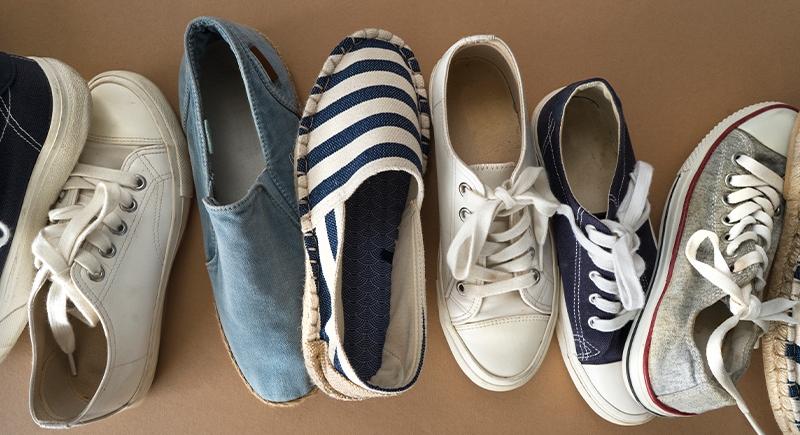
Credit: iStockphoto
Many airports send unclaimed shoes to charities or organizations like Goodwill after a standard 30‑day holding period. Workers are mostly forced to sort through shelves lined with single sneakers and unmatched pairs collected near checkpoints. They also reveal that slip‑ons are among the frequently forgotten types.
Travel Adapters
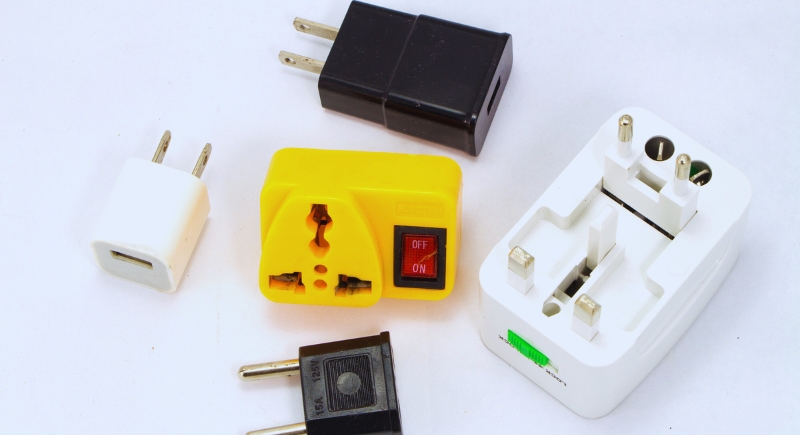
Credit: Getty Images
Adapters seem too small to worry about, yet airports gather boxes full of them. A large number of these remain in outlets near waiting areas or on floor charging stations, much like cellphones. Since these are everywhere, it becomes difficult to find out exactly who they belong to.
Car Seats and Walkers
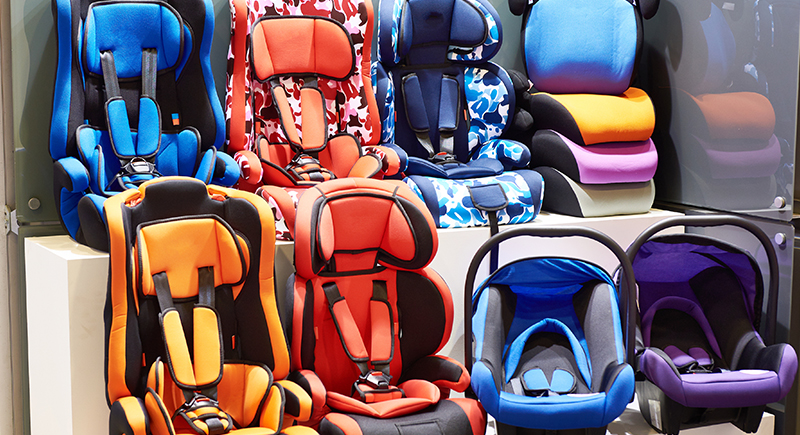
Credit: iStockphoto
While it is surprising, airports regularly collect car seats and walkers that parents miss out on during hectic transfers or after gate checks. Losing equipment like this can create serious challenges upon your arrival, particularly when your child’s safety seat is missing or mobility support is gone.
Wallets
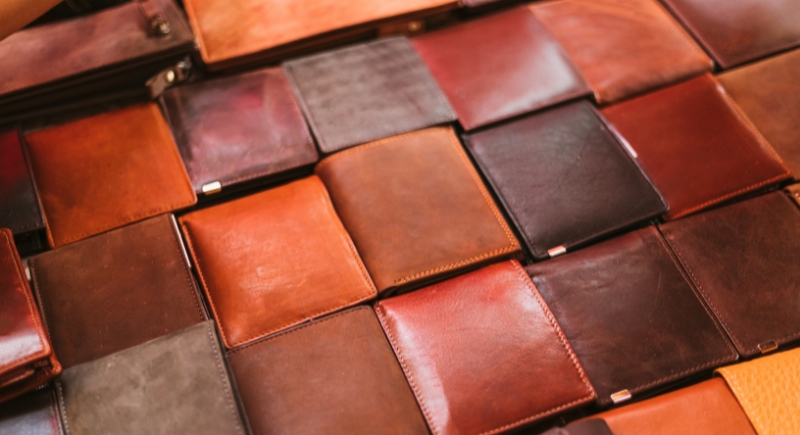
Credit: Canva
Losing a wallet in an airport is a significant setback because it holds money, identification, and travel cards needed for the journey. Luckily, various wallets contain driver’s licenses or IDs, which allow staff to track down owners more easily. Several of them turn up on restroom counters, under lounge chairs, or inside security bins.
Jewelry

Credit: Getty Images
Small, valuable items like rings, bracelets, or necklaces are often discovered in security trays or lounge chairs. People remove them for comfort or to pass through scanners, then don’t remember to pick them up. If you want to avoid this hassle, the best way to keep your jewelry safe would be to place it in a tagged pouch whenever you take it off.